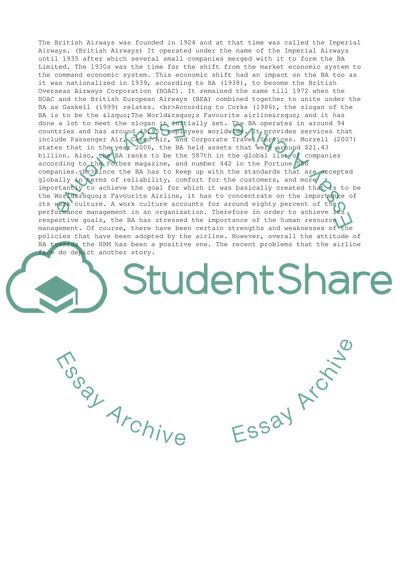Cite this document
(Change and Continuity in European Airlines Case Study, n.d.)
Change and Continuity in European Airlines Case Study. Retrieved from https://studentshare.org/business/1739349-how-the-11-functions-of-human-resource-management-mentioned-below-plays-a-part-in-british-airways
Change and Continuity in European Airlines Case Study. Retrieved from https://studentshare.org/business/1739349-how-the-11-functions-of-human-resource-management-mentioned-below-plays-a-part-in-british-airways
(Change and Continuity in European Airlines Case Study)
Change and Continuity in European Airlines Case Study. https://studentshare.org/business/1739349-how-the-11-functions-of-human-resource-management-mentioned-below-plays-a-part-in-british-airways.
Change and Continuity in European Airlines Case Study. https://studentshare.org/business/1739349-how-the-11-functions-of-human-resource-management-mentioned-below-plays-a-part-in-british-airways.
“Change and Continuity in European Airlines Case Study”, n.d. https://studentshare.org/business/1739349-how-the-11-functions-of-human-resource-management-mentioned-below-plays-a-part-in-british-airways.


